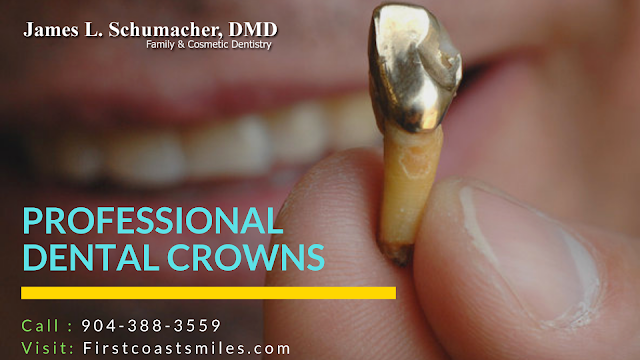Intrinsic guide on the restorative implant procedure
The world is moving towards innovations. Every sector has its superior and effective findings that give advantages to humanity. This is more certain to medical science, where enough innovations have emerged with high positive effects. Many specializations are evolved in recent years with their impacts on society. Moreover, dental experts are now available to look over any type of oral complications at a high success rate. On considering these aspects many clinical establishments are emerged to offer desired dental treatments. However, people must have clear knowledge about methodologies and their impacts.
Specialization
Generally, an oral need of every people may change from one another. This is determined by several criteria that include age, gender, oral functions, food consumption behavior, cleaning aspects, family traits, etc. Thus, complications and ailment of people may vary with each other. Thus, dental sciences have different types of specialization where each department focuses on respective oral complications. Aesthetic needs of a mouth are treated through the best cosmetic dentist where exceptional procedures are involved. Any hindrance in functions may seem to be coped up with restorative dentists where structural orientation is fixed. Children's needs are managed through a pediatric specialist.
Dental implant
Generally, restorations are essential to bringing back the strength of structural orientation that helps in the long-lasting healthy oral cavity. Dental Implants Procedure is a popular solution to fix tooth loss problems. The success rate is considerably high which aids people to prefer this treatment from lists of alternatives.
• Usually, dental implant procedures start with an initial examination, where teeth are completely checked. It also helps in finding the actual reason for tooth loss problem that helps dentists to decide on particular treatments. To weigh precise details, x-rays, digital scanners are utilized for testing.
• Moreover, medical records are checked which tells the previous checkups and treatment of patients from various dentists. Moreover, medications, supplements are examined. General ensure is made on an individual who is free from other body ailments that include blood pressure, heart diseases, lung problems, pregnancy, menstrual cycle, etc. This helps them in deciding on methodology.
• Measurements of teeth are taken to prepare an artificial new tooth to fix for cementing. Apart from this, color shade, dimensions, special gaps, and other elements are taken into consideration. These collected details are sent to the laboratory before preparations.
• Sedation is an important thing where an entire process lies. Generally, people may find discomfort, pain, or suffocation in drilling on gums. This can be effectively handled by administering sedation in particular areas. It creates a numb feeling that helps implant dentists to perform treatments without any hindrances. Sedations levels are usually preferred based on patient's health status on severities of surgery.
• A broken tooth is taken out through an extraction process where special utensils are used. Jaw bone should be fully grown and strong enough to withstand implant setup. In the case of weak jawbones, grafting methods are formulated where bones from other parts are taken and fused on the weaker area.
• Small drill machines are used to make a hole in gum areas either through hand or gadget. A titanium screw is made to fit in this hole either through the same drill machines. This setup will go to acts as a strong foundation for future implants.
• A newly prepared tooth is fixed on the titanium screw and adjusted. This screw is adjusted completely until the final position is fixed. It is then cemented strongly. Final grinding is done on outer edges to get permanent appealing nature or crown is fixed on the outer layer gives finished looks.
Any query call us: (904) 388-3559




Comments
Post a Comment